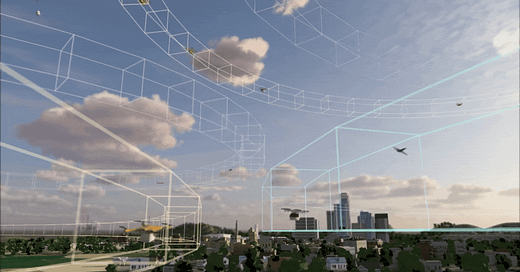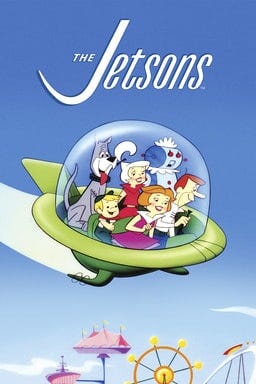Readers who remember the Dick Tracy comic strip, which started in 1931, probably never thought they would be like the police detective and talk into their watch. When my iWatch vibrates/rings, I can’t help but think about the fedora-wearing comic book hero. Then there was the 1960s cartoon series The Jetsons with the family’s flying car.
Skeptics suggested the Jetsons would never become anything more than a cartoon. They need to rethink their argument. The latest move by the Federal Aviation Administration takes us a big step closer to seeing these “flying cars.”
The growth of electrically-powered unmanned aerial vehicles, especially small drones, led to an explosion of ideas. Entrepreneurs promised to deliver packages, or you, from one place to another. Several companies are working on aircraft that can carry passengers on short trips. They are known as air taxis.
AIR TAXIS
Many of the companies developing air taxis have received investments from some of the major airlines. The carriers see this system as a way to deliver their customers to their larger aircraft in a more efficient manner and create another revenue.
There have been technical triumphs, prototypes, and test flights. Now the regulatory breakthrough. The FAA just released a roadmap to bring these new flying vehicles into the national airspace. I use the word roadmap for two reasons. The blueprint tells operators what to expect with the agency creating roads in the sky. To bring this technology to market, the FAA will define corridors just for air taxis traveling from airports to city centers.
HIGHWAYS IN THE SKY
We are years away from autonomous aircraft. For now, the FAA is using a familiar model. The electric-powered, vertical takeoff aircraft are a bit like helicopters. The FAA will use its helicopter regulations to introduce the new aircraft into the system, slowly. In fact, air taxis will use existing heliports that the FAA now calls vertiports for vertical take offs and landings. That is the first of a three-phase FAA plan.
-Initial Operations- Using the helicopter plan, the air taxis will be able to ferry passengers from airports to city centers in the corridors created for them. There will be pilots in control of the aircraft. Operators will have to follow the current rules and fly the routes designated by the FAA and stay in contact with Air Traffic Control. There won’t be a lot of these air taxis operating. But, the FAA will learn what works and what doesn’t.
-Midterm Operations- Still a “low level” operational tempo. However, the number of corridors could increase during this phase. More importantly, while most of the aircraft would have pilots, remote piloting will be introduced. That means a pilot in an office building could be flying your air taxi from the airport.
-Mature Operations- The FAA believes the series of corridors could become a broader network with more vertiports. The number of remote-piloted aircraft will be equal to the number of piloted vehicles. In this phase automation will become more important, but the FAA doesn’t see an air taxi operating without the possibility of human intervention. The hope is to reach “Human-Over-the-Loop” operations. The human passively monitors the automation and is informed if intervention is needed.
The key here for the FAA is safety. The acting FAA Administrator told the Wall Street Journal these regulations are aimed at meeting the public’s expectations for a safe system, “If all that comes together- then it’s a world that we only thought about as science fiction before that becomes science fact in the moment,” Billy Nolen said, adding, “We are well on our way to making that a reality today, not in 10 years time.”
That’s the Jetsons becoming a reality.









20,000 Leagues Under the Sea, fiction. Lost in Space, fiction. Star Trek, fiction. 2001 Space Odyssey, fiction. Only now it's all reality. I fucking love technology ... sometimes. :-) Great piece. In my lifetime they will expand this to allow for individually owned family flying cars to use those air highways. Gotta love it!